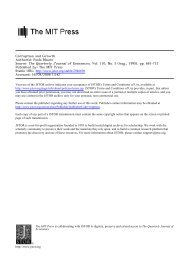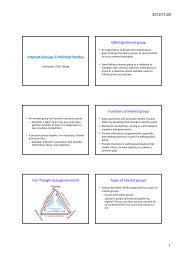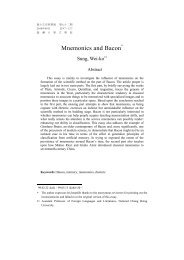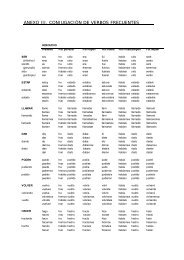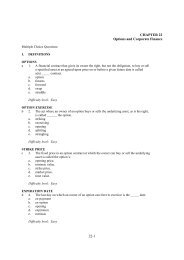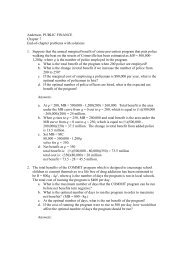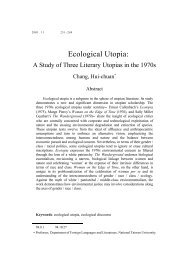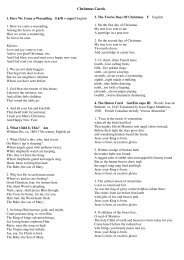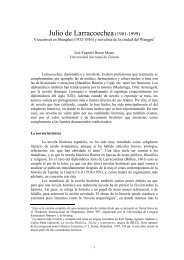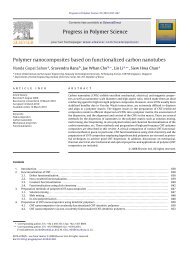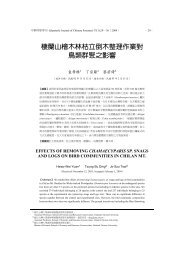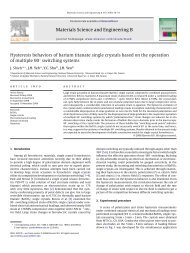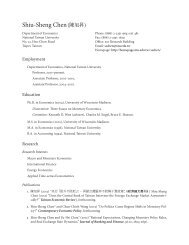Chapter 5 A Closed-Economy One-Period Macroeconomic Model
Chapter 5 A Closed-Economy One-Period Macroeconomic Model
Chapter 5 A Closed-Economy One-Period Macroeconomic Model
Create successful ePaper yourself
Turn your PDF publications into a flip-book with our unique Google optimized e-Paper software.
44 Williamson <strong>Macroeconomic</strong>s, Third Edition<br />
IV. Effects of an Increase in Total Factor Productivity<br />
A. Impact Effect<br />
1. Upward Shift in PPF<br />
2. Steeper PPF<br />
3. Income and Substitution Effects<br />
B. Equilibrium Effects<br />
1. Increased Consumption<br />
2. Leisure and Hours Worked May Rise or Fall<br />
3. Increased Output<br />
4. Higher Real Wage<br />
C. Productivity and Long-Run Growth<br />
1. Consumption Grows over Time<br />
2. Hours Worked Remain about Constant<br />
3. Output Increases over Time<br />
4. Real Wages Rise over Time<br />
D. Productivity as Source of Business Cycles?<br />
1. Consumption Is Procyclical<br />
2. Cyclical Properties of Hours Worked<br />
a. Procyclical Hours Worked Is a Business Cycle Fact<br />
b. Need Strong Substitution Effect to Predict Procyclical Hours<br />
c. Intertemporal Substitution of Leisure<br />
3. Increased Output Defines the Cycle<br />
4. Procyclical Real Wage Rate<br />
V. Income Tax Revenue and the Laffer Curve<br />
A. Tax Revenue<br />
1. The Tax Base Depends on the Proportional Tax Rate<br />
2. The Laffer Curve Measures Tax Revenue as a Function of the Tax Rate<br />
3. Unless the Tax Rate Is Optimal, Two Tax Rates Yield the Same Tax Revenue<br />
4. Supply-Side Economists Claim the U.S. <strong>Economy</strong> Is at the Bad Tax Rate<br />
5. Empirical Evidence Tends to Prove Supply-Side Economists Wrong<br />
Textbook Question Solutions<br />
Questions for Review<br />
1. A closed economy is easier to work with. Opening the economy does not change most of the<br />
properties of an economy. The closed economy is the correct model for the world as a whole.<br />
2. Government levies taxes and purchases consumption goods.<br />
3. In a one-period model, there can be no borrowing or lending. There is therefore no way to finance a<br />
government deficit.<br />
4. Endogenous variables: C, N s<br />
, N d<br />
, T, Y, and w.<br />
5. Exogenous variables: G, z, K.



